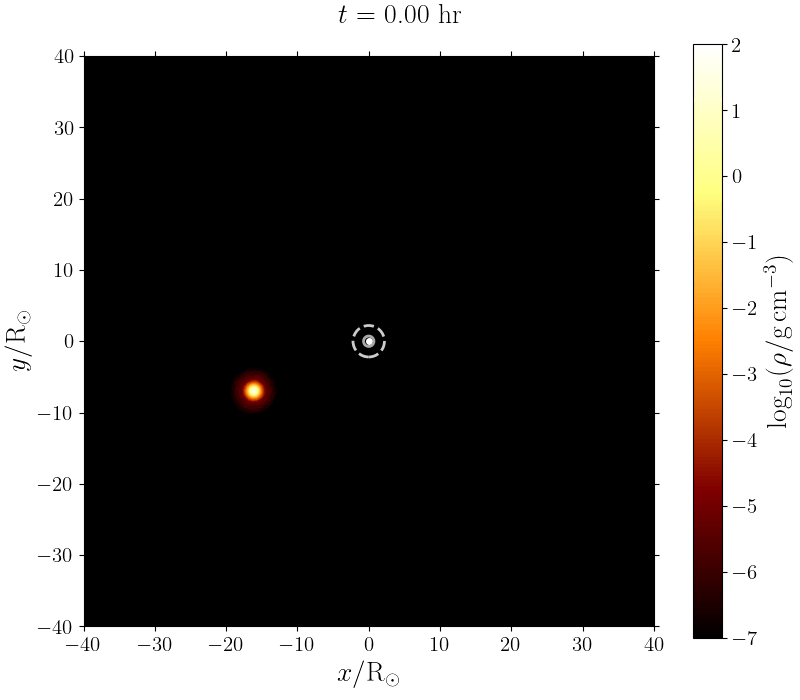Dynamical interactions of astrophysical objects, such as stars and compact object (e.g., neutron stars, and black holes), are among the fundamental mechanisms through which clusters and galaxies evolve. Understanding such multi-body interactions and their impacts on cluster and galaxy evolution requires deep knowledge of almost every field in astrophysics, such as stellar evolution and dynamics, relativity, transients, gravitational wave, and cosmology.
Most theoretical understanding of dynamical interactions is based on numerical experiments using N-body simulations in which the trajectories of encountering objects, approximated as a point particle, are integrated with gravitational forces over time. Those experiments have provided profound insights into dynamic interactions, particularly the statistical properties of outcomes. However, given the possible occurrence of exotic phenomena (e.g., stellar merger) and transients (e.g., tidal disruption and collision) in multi-body dynamical interactions, detailed magnetohydrodynamics calculations are crucial in determining the outcomes and deciphering their observational signatures. Our team is putting significant efforts to push our understanding of multi-body interactions beyond the point-particle approximation. For this study, we are using the two state-of-the-art codes MESA and AREPO.
1. Three-body interactions between stars and stellar-mass black holes
Dynamical three-body interactions can create a variety of transients that can not be explained by two-body interactions. Our team is trying to identify every possible transient produced in this type of interactions and their observational signatures!
See an example movie for transient formation between three-body interactions between binary stars and stellar-mass black holes.
See papers and movies for various types of three-body interactions:
2. Tidal Peeling Events: low-eccentricity tidal disruption of a star by a stellar-mass black hole led by Chengcheng Xin (PhD student, Columbia)
In this work, Chengcheng examines a scenario in which a star might approach the stellar-mass black hole in a gradual, nearly circular inspiral, under the influence of dynamical friction on a circum-binary gas disk or three-body interactions in a star cluster. We perform hydrodynamical simulations of this scenario using the smoothed particle hydrodynamics code PHANTOM. We find that the mass of the star is slowly stripped away by the black hole. We call this gradual tidal disruption a “tidal-peeling event”, or a TPE. See our paper!
See example movies.
3. Partial tidal disruption events of main-sequence stars by stellar-mass black holes led by Pavan Vynatheya (CITA fellow, CITA)
Pavan is leading a project where we investigate the orbit properties (e.g., semimajor axis, eccentricity, spin, and mass) of remnants produced in partial disruption events of main-sequence stars by stellar-mass black holes using the two state-of-the-art code MESA and AREPO. We find that the mass lost from a star decreases exponentially with increasing distance of approach and that a 1M⊙ star loses lesser mass than a 0.5M⊙. Moreover, a more evolved star is less susceptible to mass loss. Tidal torques at the closest approach can spin up the remnant significantly depending on the impact parameter. The remnant star can be bound (eccentric) or unbound (hyperbolic) to the black hole: hyperbolic orbits occur when the star’s central density concentration is relatively low and the black hole-star mass ratio is high, which is the case for the disruption of a 0.5M⊙ star. Finally, we provide best-fit analytical formulae for a range of parameters that can be incorporated into cluster codes to model star-black hole interaction more accurately. Check out his paper!
See example movies.



